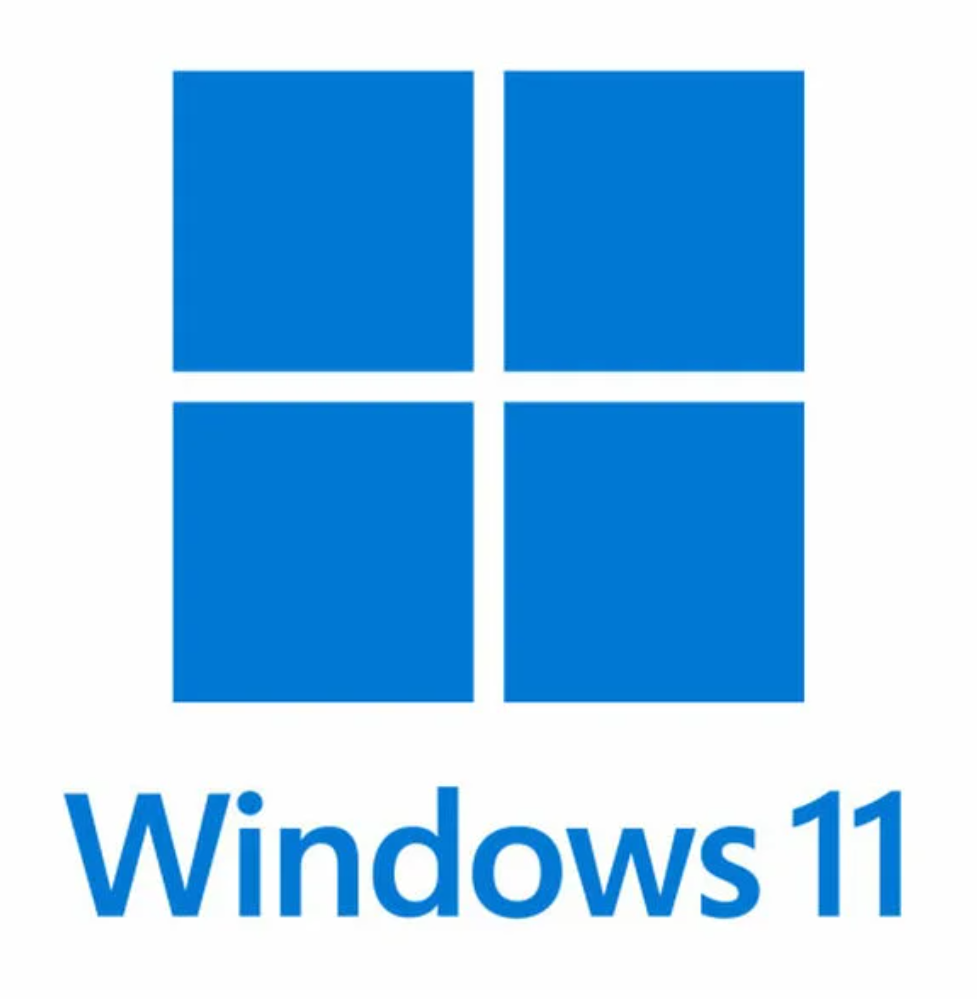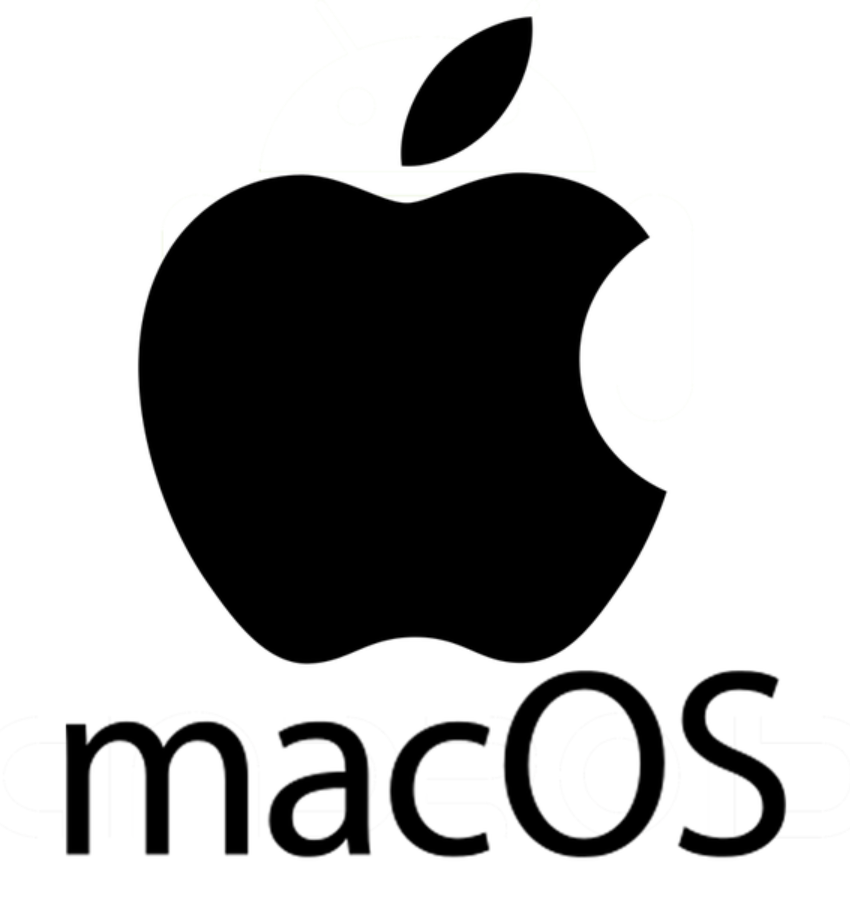Operating System and Tools Setup
Categories: DevOps Breadcrumb: /toolsSignificant setup is required for development tools to support the Operating System, JavaScript, Python, Java, Jupyter Notebooks, and more. This is the first step in the development process.
Operating System Guides
Explore development setups tailored for your operating system. Each guide outlines the tools, shell commands, and package managers needed for coding in Python, JavaScript, and beyond.
Windows
- Install Ubuntu 24.04 with WSL
- Run shell scripts with activate_ubuntu.sh
- Use apt to install tools
- Access Linux from PowerShell
WSL + Ubuntu
Windows developers use WSL (Windows Subsystem for Linux) to run a full Ubuntu terminal. This setup enables native Linux commands and compatibility with developer tools like Python and Git.
Kasm
- Launch Linux containers in browser
- Access pre-installed tools
- Run setup script activate.sh
- Use terminal for all coding
Browser-based Linux
Kasm is a container-based workspace perfect for Chromebooks or locked-down devices. With an Ubuntu terminal, browser-based VSCode, and one-click access to a dev-ready environment, students can code without installing software locally. Run `activate.sh` to complete your tool setup.
MacOS
- Install Homebrew
- Use activate_macos.sh
- Resolve Python symlinks
- Verify with version checks
Apple Terminal + Brew
MacOS is Unix-based and supports Linux commands natively. After installing Homebrew, you’ll run a setup script to configure Python, Ruby, Jupyter, and more. Custom symlinks are used to ensure tools work properly across Intel and Apple Silicon Macs. You'll use the Terminal for cloning, installing, and verifying your setup.



